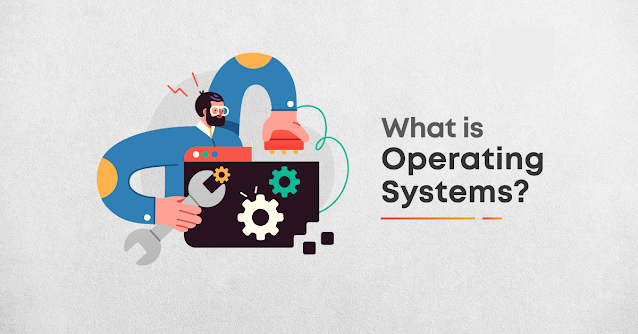What are the different types of Database Management systems?
As the name indicates, the database management system stores data in a computerized format. It handles the stored data, where the end-users are provided with the necessary functions to retrieve, modify, update or delete it. The data stored in the Database can be accessed whenever the user needs them, containing the complete information concerning that specific field.
Types of Database Management System
The database
management system is subdivided into four types,
1. Relational Database
2. Object-Oriented Database
3. Network Database
4. Hierarchical Database
Relational Database
The
relational database management system contains the data, which are arranged in
rows and columns. There exists a relationship between the data present in the
table.
|
Customer Name |
City |
Designation |
Car |
|
Aakash |
Coimbatore |
Doctor |
Honda City |
|
Nithin |
Bangalore |
Engineer |
Skoda |
The above
table shows a relationship between the customer, city, designation and Car.
Some relational database models are Oracle, MySQL, Microsoft SQL and IBM. The software
and hardware requirements are high because it handles a large amount of data,
and multiple users can be accessed. To add new data, there is no need to alter
the whole Database. Simply the new row or column is added. It is faster in
performance and is used to solve high complex queries.
Object-Oriented Database
The
object-oriented Database represents a concept similar to object-oriented
programming language. This Database contains methods, objects and properties.
The object in object-oriented Database is quite complex, accumulating different
properties.
Tina:Customer sName=Tina fName=Mohit
In the above-mentioned pictorial representation, the object
holds different properties and methods. Similar to a relational database, it is
faster in performance and performs the calculations as much as fast as
possible. Examples include MongoDB, Oracle and Postgre SQL.
Network Database
A network database consists of multiple records accessed by
multiple owners providing multiple ways to access it. A single record has
multiple paths and owners. Each record is linked to the other, which resembles
a tree-like structure.
College
![]()
ECE Dept Mech Dept CSE Dept


Computer Lab Library
Each record is linked and has a relationship between
them. Examples include Raima Database Manager, Integrated Data Store, Turbo
Image etc.
Hierarchical Database
The hierarchical database is represented in the form
of a parent-child structure. The parent node has any child nodes which are
interconnected through links. The representation resembles a tree-like
structure. XML. And XAML is one example of a Hierarchical Database.

The relationship between the child
and parent node is established in the above diagram. Complex data are also
present in Hierarchical Database.
Some of the
applications of DBMS include
·
BANKING & IT sectors
·
MNC Company
·
Government Sectors
· Private
Company
Advantages of Database Management System
ü The data are arranged in a simple and
neat format which helps the user to understand better. It is reliable, and an
easy decision can be made.
ü Data can be easily shared, and the
confidentiality of the data is also maintained. The whole data are integrated
in a proper way, where the data can access whenever it is needed.
ü The process is simple for altering
and adding new data, where the functions include add, delete, update, insert,
alter and modify. Moreover, duplicate and unwanted data are easily identified
and removed. If two similar data are entered, it is easily identified and
removed.
ü The user's query is easily resolved,
showing the required answers regarding their business details like salary,
improvement, sales and development. Due to a large amount of data handling,
data security is strongly maintained here.
ü Data recovery and the backup option
are also available. If data is lost or corrupted, it is easy to retain back without
any loss of data.
Disadvantages of Database Management System
o
Data loss occurs if a large amount of
data is stored in a single database.
o
The cost of hardware and software is
high
o
As database management consists of a
complex program, the users must train according to that.
o
It is a complex process to design the
database system, so it takes more time.
o
Conversion of data needs more cost.
Summary
In the above tutorial, the types of database managementsystems and their pros and cons are covered in a detailed manner. Database
management is mandatory for handling large data sets in this fast and digital
world.


Comments
Post a Comment